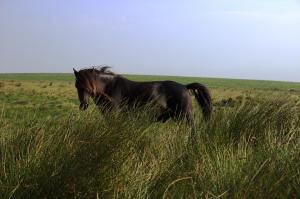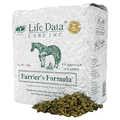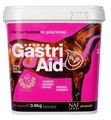When you picture the modern-day domestic horse, what do you see? I imagine it’s a comfortable-looking horse eating grass in a small paddock, maybe with a rug on. But how much does this differ from the wild horses of old that existed much more naturally?
Looking back, it’s clear how much has changed for the horse, but how much for the better? With a growing number of horses experiencing lameness, gastric problems and behavioural issues, it’s not surprising that so many people are turning to a more natural approach when it comes to their horse’s care.
But what does ‘a more natural approach’ actually mean? And is it really achievable? 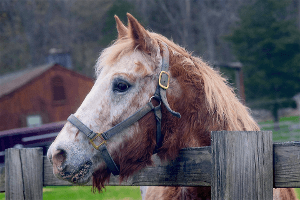
These days, stabling, clipping, shoeing, rugging and restricting grazing are all common practices we do without giving too much thought to, believing them to be in the horse’s best interest - despite the fact they would never exist in a natural setting. By wild horse standards, our domestic horses are far from healthy or sound.
In a statement from Walt Taylor, co-founder of the American Farrier’s Association, he touches on this: “Of the 122 million equines found around the world, no more than 10% are clinically sound. Some 10% (12.2 million) are clinically, completely, and unusably lame. The remaining 80% (97.6 million) of these equines are somewhat lame…and could not pass a soundness evaluation or test” [American Farrier’s Journal, 2000]
So, what needs to happen to turn this around?
For many people, the modern way simply works, and moving to more natural practices isn’t a viable option. Whether because of space, practicality, uncertainty, or an individual horse’s condition, the natural way isn’t for everyone. And that’s okay! After all, it’s been this way for generations and most horses live happy, healthy lives on modern practices.
But for those whose horses haven’t thrived the modern way, keeping your horse more naturally could be hugely beneficial.
Movement
Like us, horses need to move to stay fit and healthy. In the wild, horses would typically cover 20 miles a day. The hooves in particular can fare badly in sedentary horses, which many of today’s equines are.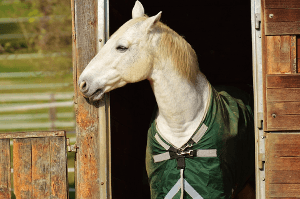
In an ideal world, horses would have acres of varied terrain to roam, but most are restricted to simple paddocks. Even in small areas though, it is possible to encourage movement, and little adjustments like scattering slow feeders around and adding a watering hole can promote movement back and forth, which is necessary for healthy feet.
Rugging/clipping
To rug or not to rug is something we’ve been debating for years. Whichever side you support, it’s worth noting that there will always be exceptions, as the age and health of a horse will dictate its needs.
That said, many people are now moving away from traditional rugging and clipping methods, and reverting back to what nature intended for the horse. In the wild, horses would search out shelter when weather conditions became harsh; otherwise their unclipped coats would provide enough insulation to sustain them. If you want to opt for this approach, ensure there are ample shelters in the field for your horses to seek out.
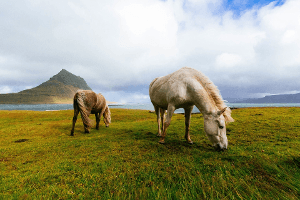 Shoeing
Shoeing
Likewise, our views on shoeing have seen a definite shift in recent years, with our current understanding of the hoof meaning many are now opting for a barefoot approach. Again, there will always be horses for whom going barefoot just isn’t suitable - whether because of workload or ongoing hoof problems - and it is important to weigh up the advantages and disadvantages of both options.
For those whose horses have been chronically lame while shod, going barefoot allows the hoof to naturally expand, increasing circulation in the leg and foot and acting as a shock absorber. Shoeing is a modern practice and, while it can help horses with ongoing conditions like laminitis, navicular disease and hoof cracks, it can also lead to weakened and misshapen hooves, resulting in a greater chance of injuries and lameness.
Ultimately, feral horses have survived for centuries without shoes, so how necessary is it to the average equine?
The topic is by no means covered in this article, but hopefully you have found it interesting and maybe it has sparked some thoughts on how you can approach things differently. If you have any comments you'd like to share, please don’t hesitate to leave them below for our other readers!
Written by: Hannah
